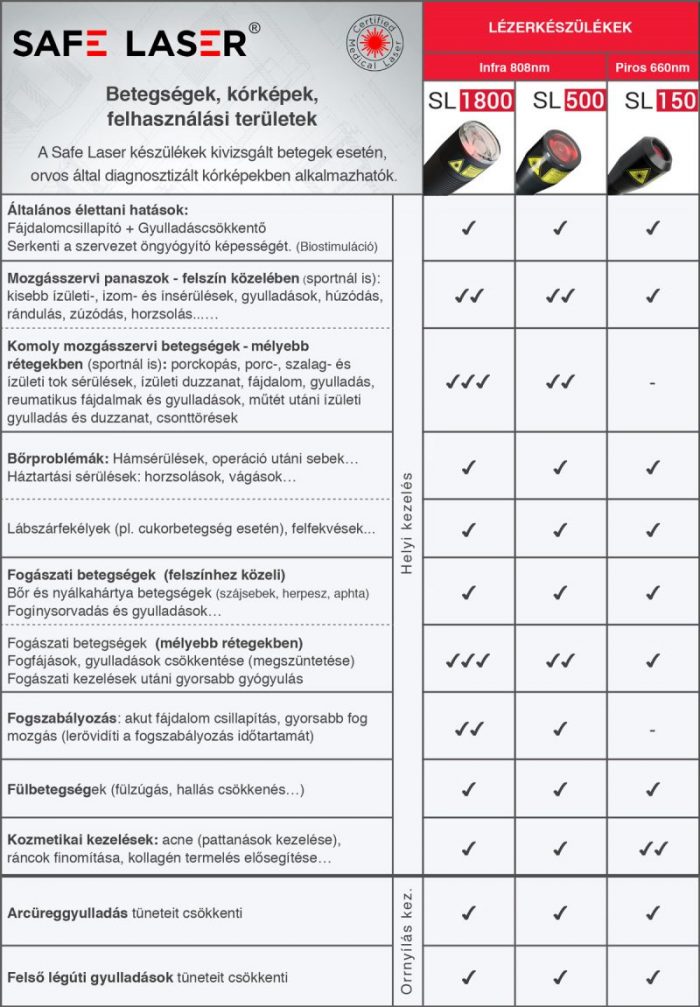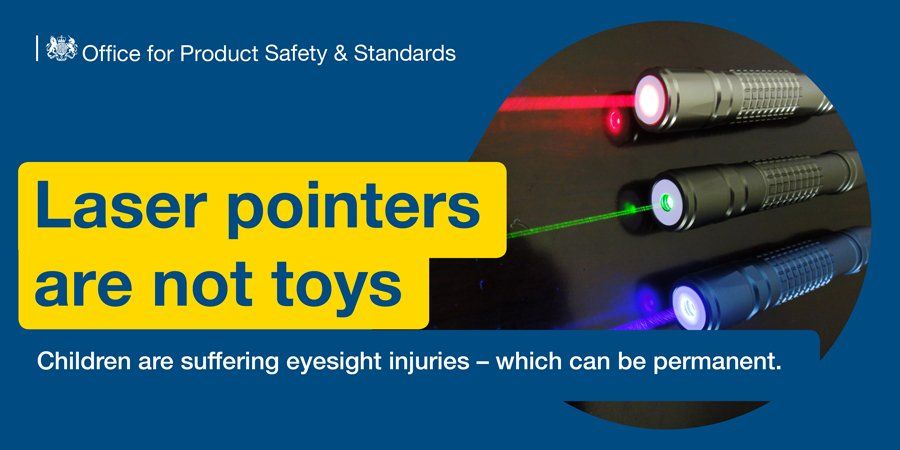Handy News On Selecting Safe Laser Treatment
Wiki Article
How Can Safe Laser Low-Level Laser Therapy (Lllt) Help With Dental Problems?
Low-level laser therapy can be utilized to treat a range of dental issues. In the case of dental problems such as gingivitis and periodontitis, LLLT can help reduce inflammation of the gums and improve gum health.
LLLT accelerates tissue repair and regeneration through promoting cellular metabolism. For dental procedures, such as periodontal or oral surgery, LLLT can help enhance the healing process and decrease post-operative discomfort.
Pain relief- LLLT reduces pain by altering nerve conductivity as well as reducing pain mediators such as the substance P. It can also help to alleviate sensitivity and pain after dental procedures.
Disinfection - LLLT's antimicrobial capabilities can reduce bacterial loads in the mouth. It is an adjunctive treatment for oral diseases such as oral ulcer or peri-implantitis.
Treatment for Temporomandibular (TMJ) problems- LLLT helps reduce tension and inflammation in the temporomandibular (TMJ), which can help relieve symptoms like jaw pain, clicking or popping sounds, and the inability to move your jaw due to TMJ disorder.
Reduced Oral Mucositis - LLLT is efficient in reducing the severity and frequency of oral mucositis. This condition is common in cancer patients who are undergoing radiation therapy or chemotherapy. It is able to ease pain and encourage healing of oral mucosal ulcers.
The growth of healthy gingival tumors Growth of Healthy Gingival Tumors LLLT has been shown to encourage healthy growth of gingival tissue through stimulation of gingival fibroblasts. This is helpful in treating recessive gingival disease or for the attachment and development of healthy gingival tissue dental implants.
Overall, Safe Laser low-level laser therapy offers a non-invasive and drug-free approach to managing various dental problems that promotes faster healing, pain relief and improved oral health results. However, it is essential to consult a dentist expert for the proper diagnosis and treatment recommendations prior to making use of LLLT for dental problems. See the top safe laser 500 for site tips including laser hu, lágylézeres készülék, otthoni lézer kezelés, lágylézer kezelés budapest, orr lézer készülék, gyógyító lézer, lagy lezer, lágylézer hatása, safe laser vélemények, lézer kezelés hatása and more.

What Can Laser Therapy Treat Nose Problems?
LLLT can help nose problems in several ways. LLLT can be effective for situations like sinusitis or rhinitis.
Pain Relief - LLLT assists in relieving the pain caused by conditions such as sinusitis and nasal trauma.
Improved Healing of TissuesThe Enhanced Healing of Tissues LLLT can boost healing and repair of tissues by enhancing the cellular metabolic process and promoting growth. LLLT can aid in promoting faster healing in instances such as nasal mucosal or ulcer injuries. This may lower the risk of complications and improving overall nasal health.
Improved blood circulation - LLLT stimulates the microcirculation through vasodilation. Increased blood flow is later directed to nasal tissues. Improved blood flow can provide nutrients and oxygen directly to the tissues inflamed and reduce inflammation.
LLLT helps reduce nasal congestion by encouraging nasal vasodilation. This can be particularly helpful for those suffering from conditions like chronic allergy rhinitis or sinusitis. Nasal congestion can be an obtrusive symptom.
Treatment of Nasal Allergies - LLLT can help reduce symptoms of allergies that affect the nasal passages by reducing inflammation. LLLT can help reduce symptoms of sneezing as well as itching and congestion of the nose by increasing your immune function.
Overall, safe Laser low-level laser therapy provides an effective and non-invasive approach to managing various nose problems, providing relief from symptoms like inflammation, pain, and nasal congestion. However, it's important to consult a medical professional for proper diagnosis and treatment recommendations prior to using LLLT to treat nose problems. Take a look at the recommended safe laser bérlés for more advice including lezer kezeles, lágy lézer kezelés, lágylézer kezelés árak, safe laser vélemények, lagylezer terapia, orr lézer készülék, lézeres fájdalomcsillapítás, lágylézer bérlés, orr lézer készülék, lágylézer kezelés árak and more.

What Is The Time Frame Before A Dental Laser Can Be Employed To Treat Dental And Oral Conditions?
Safe Laser low level laser therapy (LLLT) used for treating dental and oral conditions can be beneficial based on a variety of factors, including the condition being treated, the severity of the condition and the health of the patient's mouth and reaction to treatment. LLLT treatments usually are scheduled over a certain time period to achieve optimal outcomes.
The type and severity of the Condition- The nature and severity of the dental or oral condition being treated can influence the number of LLLT sessions needed. For instance, gingivitis, periodontitis, oral ulcers, or temporomandibular joint (TMJ) conditions could require different treatment methods and various amounts of LLLT sessions.
Individual Response To Treatment- Personal factors, like the overall health of a person's mouth, their immune system, and their capacity to heal may affect how they react to LLLT. Some individuals may respond more quickly to treatment and show quicker improvement in symptoms while others may require more extended therapy.
Treatment Protocol - The dental professional's treatment protocol will determine the frequency and duration of LLLT sessions required to address oral and dental problems. Healthcare professionals can create treatment plans to suit the specific needs of each patient, including scheduling LLLT sessions at intervals or at multiple times a week.
Chronic as opposed to. Acute Conditions - The distinction between chronic and acute conditions can also impact the amount of LLLT sessions needed. Acute conditions such as dental ulcers, post-operative pain or even oral ulcers may require fewer sessions to achieve relief, while chronic issues like periodontitis and TMJ issues may require more extensive treatment.
While some patients may see improvements in dental and oral issues after a couple of LLLT sessions, some may require more time to get the best outcomes. It is essential to adhere to the treatment program prescribed by a dental professional and to be present at all scheduled LLLT sessions to reap the maximum advantages of treatment for dental and oral conditions. Furthermore, regular examination of your oral health and communication with a dental doctor is crucial to ensure appropriate management and modifications to the treatment plan when required.